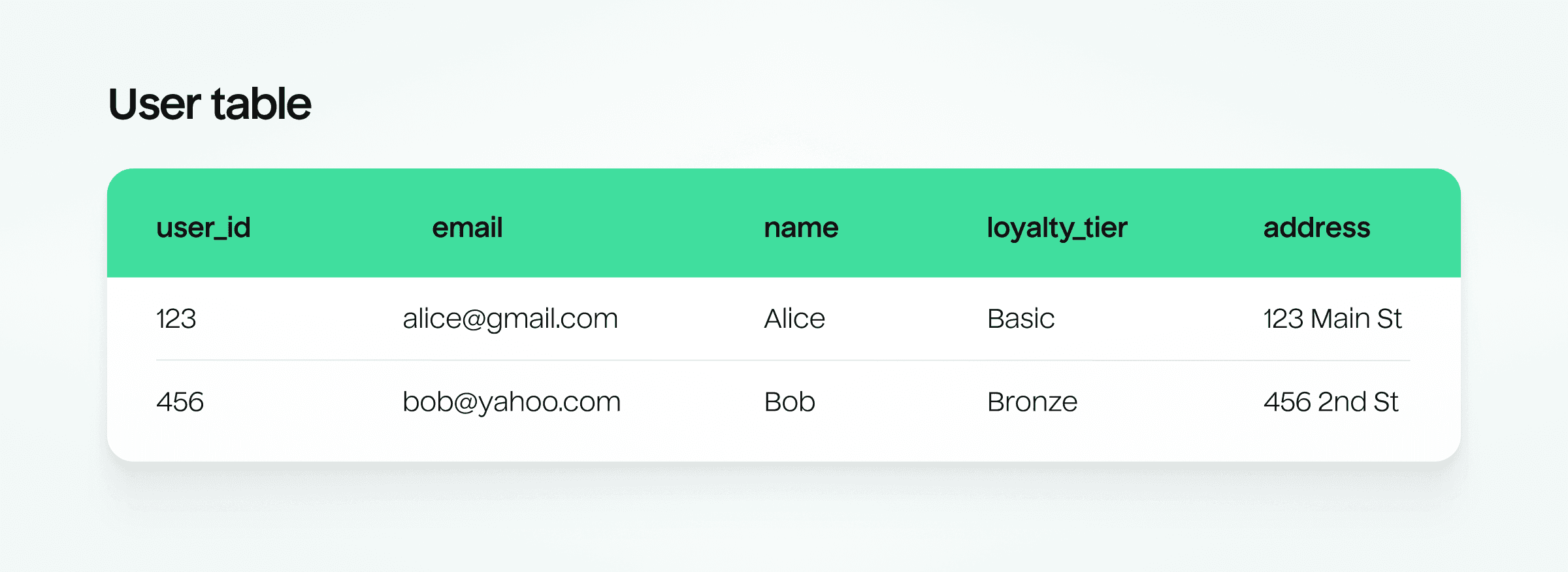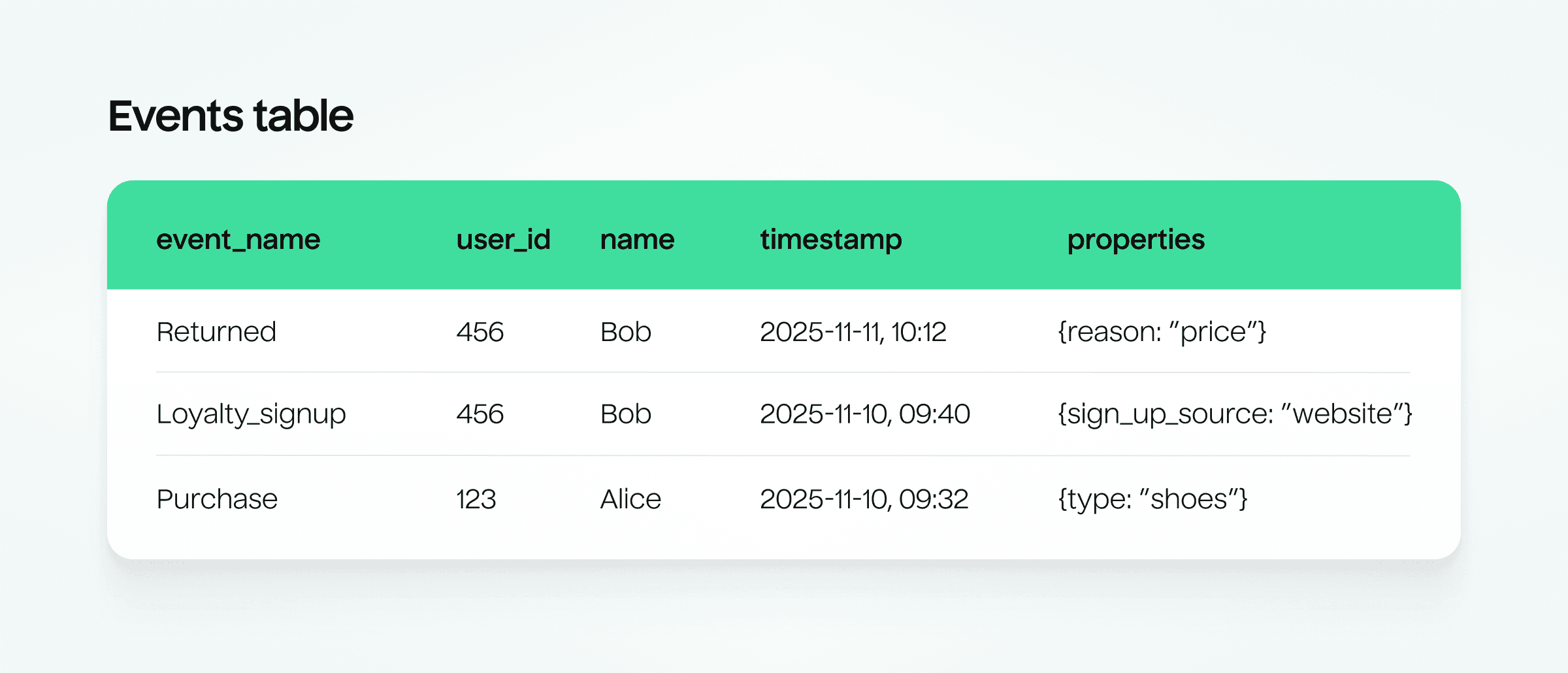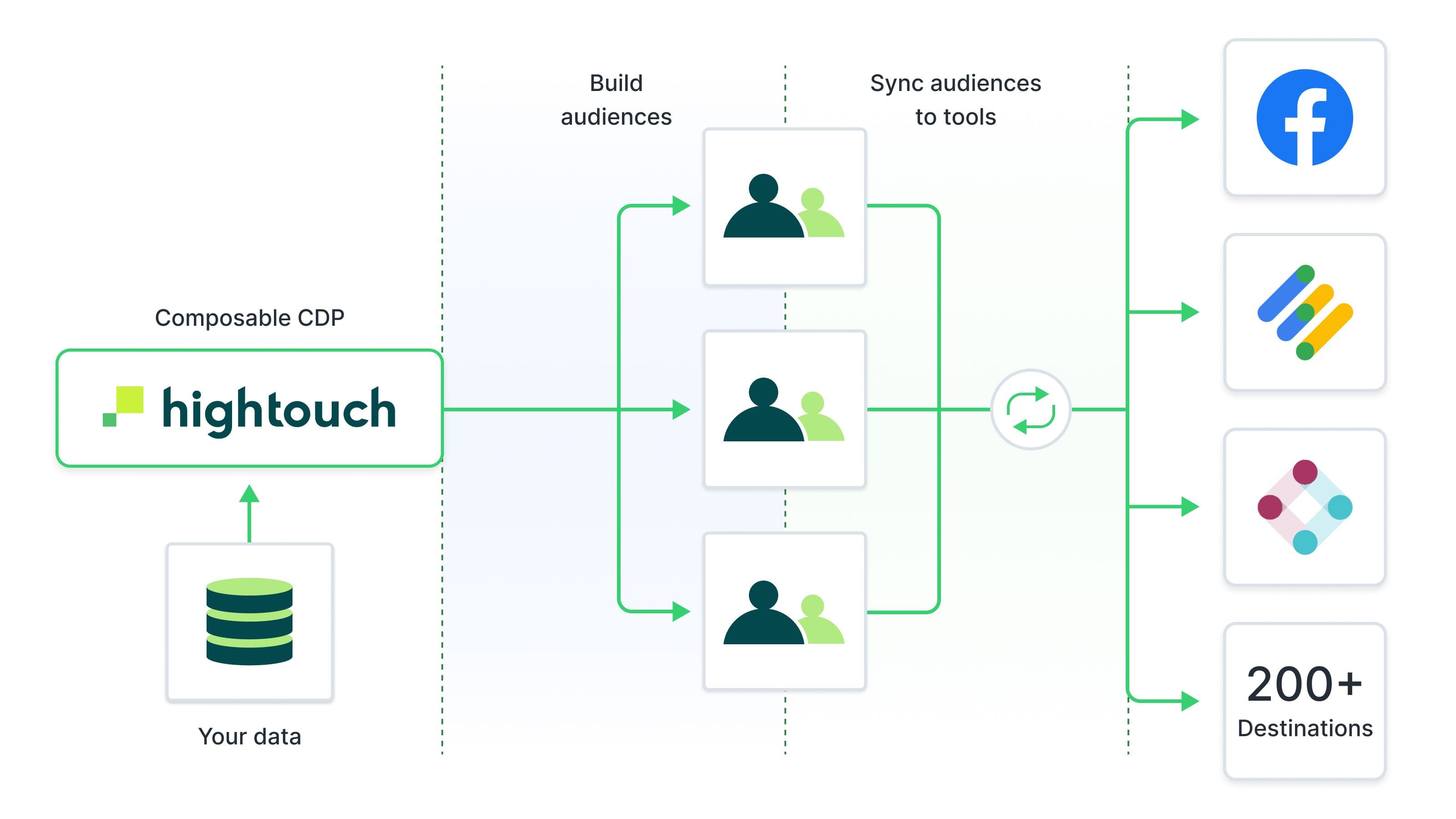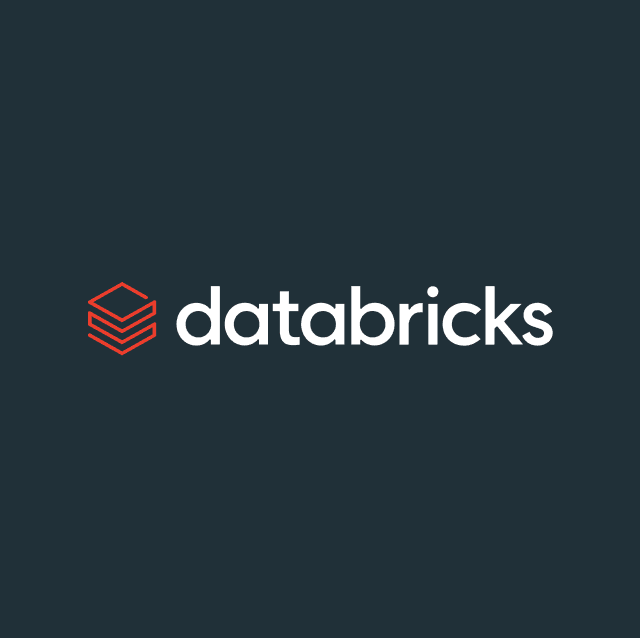Traditional CDPs were supposed to be the hero of modern marketing. Designed to collect, unify, and activate customer data, they promised one place where every signal lived so marketers could build any audience, launch any campaign, and personalize in real time.
It was the right ambition. Before CDPs, most teams were waiting on data engineers to pull lists or size audiences – often on a days- or weeks-long delay.
But if CDPs have earned a reputation as one of marketing’s most disappointing tools, it’s not because the idea was wrong, but because the architecture never kept up.
The reality is, most marketers still run into the same data walls CDPs were supposed to knock down, so much so that only 10% of CDP owners say their CDP actually meets their needs.
Ask yourself:
- When was the last time you didn’t have the data you needed to build an audience?
- Waited days or weeks for a list, or even a simple audience size estimate?
- Needed to target something that wasn’t a user or an event, and realized your CDP had no clean way to do it?
I ran lifecycle marketing at a financial technology company for years and felt this pain firsthand. Even with a CDP, marketers don’t actually have access to all the data they need.
To understand why, markters need to understand what data CDPs were designed to store, and how they were designed to store it.
The reality: why most CDPs fall short
Most CDPs were built primarily to collect event data tied to a user’s actions on web or mobile via their SDKs – things like page views, product views, clicks, sign-ups, purchases, app opens, and device/session info. When the SDK is finally implemented (often months later), you get fast event data, but it’s only a slice of what modern marketing requires.
Everything else – anything historical, operational, offline, or business-specific – typically lives in the data warehouse and must be piped into the CDP through integrations. That includes:
- Lifetime value calculations
- Churn risk scores
- In-store purchases
- Loyalty data
- Call center or customer success interactions
- CRM or POS activity
And this is where the real pain begins.
The CDP pipeline problem
Bringing all of the data you need into a CDP creates a large set of challenges.
It’s labor-intensive: When you implement a CDP, you’re limited to its integrations and rigid data model. If an integration isn’t there, your team is on the hook to build custom pipelines, turning the lift on data and engineering from heavy to huge.
It’s duplicative: You’re ingesting and storing the same data twice: once in your warehouse (your real source of truth) and again in the CDP. The moment the two drift, marketing’s view of the customer becomes out of sync with the rest of the business.
It increases risk: Copying customer data into a second system expands your compliance surface area. More copies mean more access controls, more audits, and more potential points of failure across PII, consent management, and data governance.
It can’t be used for measurement: Most CDPs don’t support analytics or reporting because they don’t actually contain the full dataset required for accurate measurement, forcing activation and measurement to happen in two different systems.
And even if you decided to push all your company’s data into your CDP (you wouldn’t), you’d still run into the biggest limitation of all: its rigid schema.
The CDP schema tax marketers might not see, but definitely feel
Terms like schema or data model may not sound like a marketer’s problem, but they directly affect what segmentation and automation is possible inside a CDP.
Nearly all CDPs require incoming data to fit two core objects: Users and Events. This means that your data needs to look almost precisely like this:


This works for simple, user- and event-based campaigns, but most businesses need to segment and activate against other business objects – like accounts, products, stores, carts, applications, households, subscriptions, and more – each with definitions, properties, and relationships that are unique to the business.
The moment you need an audience that isn’t purely user-or event-based, things get messy. For example, try to target campaigns for:
- Users with one or more financial accounts
- Users linked to one or more companies with greater than $10M in revenue
- Users with 2+ pets of breed_type = dog
- Out of stock, low inventory, and back in stock products
- Abandoned cart recovery with multiple products
- Subscriptions with the best (and worst) renewal rates
- Accounts with at least 5 active users in the past month
- Households with no active users this month
…and you quickly run into hacky workarounds, or revert to batch-and-blast workflows. CDPs simply weren’t built to support these use cases cleanly.
So…what’s the alternative?
Why not use all your data right where it already lives?
Instead of copying a limited subset of data into a separate CDP – and encountering storage costs, rigid schemas, and sync delays – it is possible to activate data directly from your data warehouse. This provides marketers with access to complete, up-to-date, and trusted data, eliminating duplicate storage, security headaches, and the need for constant engineering support.
This warehouse-native approach is called composable, and it eliminates the major architectural limitations that hold traditional CDPs back.

How a Composable CDP works
What this unlocks:
Self-serve access to all of your data: If the data's in the warehouse, marketers can use it. And since nothing needs to be re-ingested or remodeled, teams get live use cases running in days instead of quarters, and new data is easily accessible.
Build any audience you need: With every table in the warehouse available – users, products, stores, orders, subscriptions, households, anything – teams can build audiences and automations across all of it without relying on engineering. Plus, combine complete customer history with real-time signals to meet your customers in the moment.
Stronger security: By reducing the number of tools that hold sensitive customer information, you have a smaller attack surface, fewer breach opportunities, and a safer path to enterprise-grade security.
Closed-loop measurement and omnichannel testing: Because activation and analytics run on the same source of truth, you get accurate measurement across channels. This makes true omnichannel testing, incrementality analysis, and campaign lift reporting finally possible – without stitched-together data or conflicting results.
Avoid vendor lock-in: Since you maintain complete ownership of your data layer, you can stay agile and quickly swap activation tools in and out of your stack.
The results: what marketers achieve when they finally have all their data
When marketers aren’t blocked by missing fields, rigid schemas, batch delays, or engineering bottlenecks, the impact shows up fast – in performance, scale, and speed of execution. Here’s what teams are achieving once activation runs directly from the warehouse with Hightouch.
-
PetSmart (retail) scaled personalization to more than 70M loyalty members, unlocking triple-digit engagement lift and driving 15–25% incremental sales with richer data powering every campaign.
-
WeightWatchers (health & wellness) improved LTV-based ROAS by 24%, converted 52% more new-to-brand members, and cut onboarding time by 80% by activating complete first-party signals instead of waiting on pipelines.
-
Warner Music Group (media & entertainment) launched a warehouse-native activation model in just six weeks and now syndicates 1,000+ audiences for artists, channels, and campaigns – without rebuilding data in a CDP.
-
Ramp (B2B fintech) built a personalization engine that now generates 25% of all sales pipeline by automating prospecting and activation.
But here’s the twist: many CDPs now claim to be composable
As it becomes clear that composable architecture solves the problems marketers have struggled with for years, many CDP vendors have been scrambling to catch up – adopting terms like “zero-copy,” “composable,” and “warehouse-native.”
But the reality is, most aren’t actually composable. They’re adopting the language – not the architecture.
And you can usually tell. If you’re still dealing with the same issues we’ve covered here – limited access to data, long waits for new fields, rigid audience segmentation – it’s a sign you’re not getting the real thing.
Because when a CDP is truly composable, those problems disappear. Marketers can tap into all their company's data, use new data the moment it lands, and build and activate audiences in minutes – not weeks.
The future is composable
Traditional CDPs were built for a world where companies didn’t have modern, scalable cloud data warehouses. They solved the right problem at the time – but the architecture hasn’t kept up.
Today, your warehouse is your customer 360. It already holds all your data, and the fastest-growing companies are activating that data directly through a Composable CDP.
If you’re still waiting in line for data – still bottlenecked by pipelines, delays, and missing fields – it’s because your traditional CDP was never built for the way businesses operate today.
A Composable CDP is.
With Hightouch, you can finally activate every piece of customer data you already have. Hightouch plugs into your warehouse, works with any stack, and scales with teams of any size or data maturity. If you’d like to learn more about how we can help you drive value from your data, schedule a demo today!















